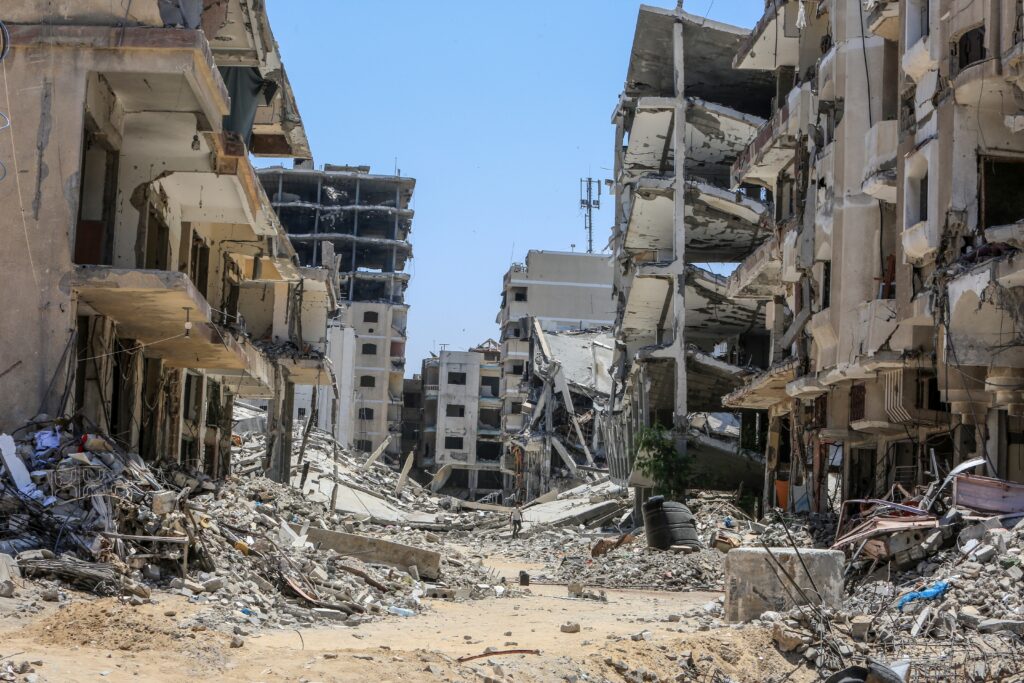A fragile ceasefire between Israel and Hamas began on Sunday, ending 15 months of intense conflict. The truce, mediated by the United States, Qatar, and Egypt, marks an initial six-week period aimed at reducing hostilities and facilitating the release of hostages. Despite celebrations in Gaza, a three-hour delay caused by Hamas underscored the ceasefire’s fragility.
Even before the truce officially took effect at 11:15 a.m. local time, displaced Palestinians began returning to their homes. Meanwhile, Israel announced the names of hostages expected to return later that day, exchanged for Palestinian prisoners.
The first phase of the ceasefire will see 33 hostages released from Gaza and hundreds of Palestinian detainees freed. Humanitarian aid is also expected to increase significantly, with trucks amassing at the Rafah border crossing since Friday.
Displaced Families Begin Journey Home
Families displaced by the conflict, like Majida Abu Jarad’s, packed their belongings to return to their devastated homes in northern Gaza. Abu Jarad, who fled Beit Hanoun at the war’s onset, described the relentless cycle of evacuations her family endured.
Her family sought refuge in schools, camps, and on the streets, moving seven times over the past year. Despite the uncertainty of what remains of their home, the ceasefire offers a glimmer of hope for reunion and stability.
The agreement is the second ceasefire in the war, more consequential than the previous weeklong pause. It is seen as a critical step toward ending the conflict, though significant challenges remain, including how to release the remaining hostages and ensure a sustainable peace.
Three Phases to Rebuilding Gaza
The ceasefire includes three phases. Phase one focuses on hostages, prisoner exchanges, and increased aid. Israel will pull troops into a buffer zone, allowing displaced Palestinians to return to their homes.
In the second phase, remaining hostages are to be freed, and Israeli forces will fully withdraw from Gaza. The final phase involves a three-to-five-year reconstruction plan for Gaza under international oversight.
The cost of rebuilding Gaza’s infrastructure is immense, with estimates reaching €17.9 billion. The UN warns it could take 350 years for Gaza’s economy to recover to pre-war levels under the ongoing blockade.
Although the ceasefire offers a temporary reprieve, questions about Gaza’s future, including political stability and reconstruction efforts, remain unresolved. This agreement provides a delicate path toward peace but requires sustained commitment and diplomacy to achieve long-term stability.


